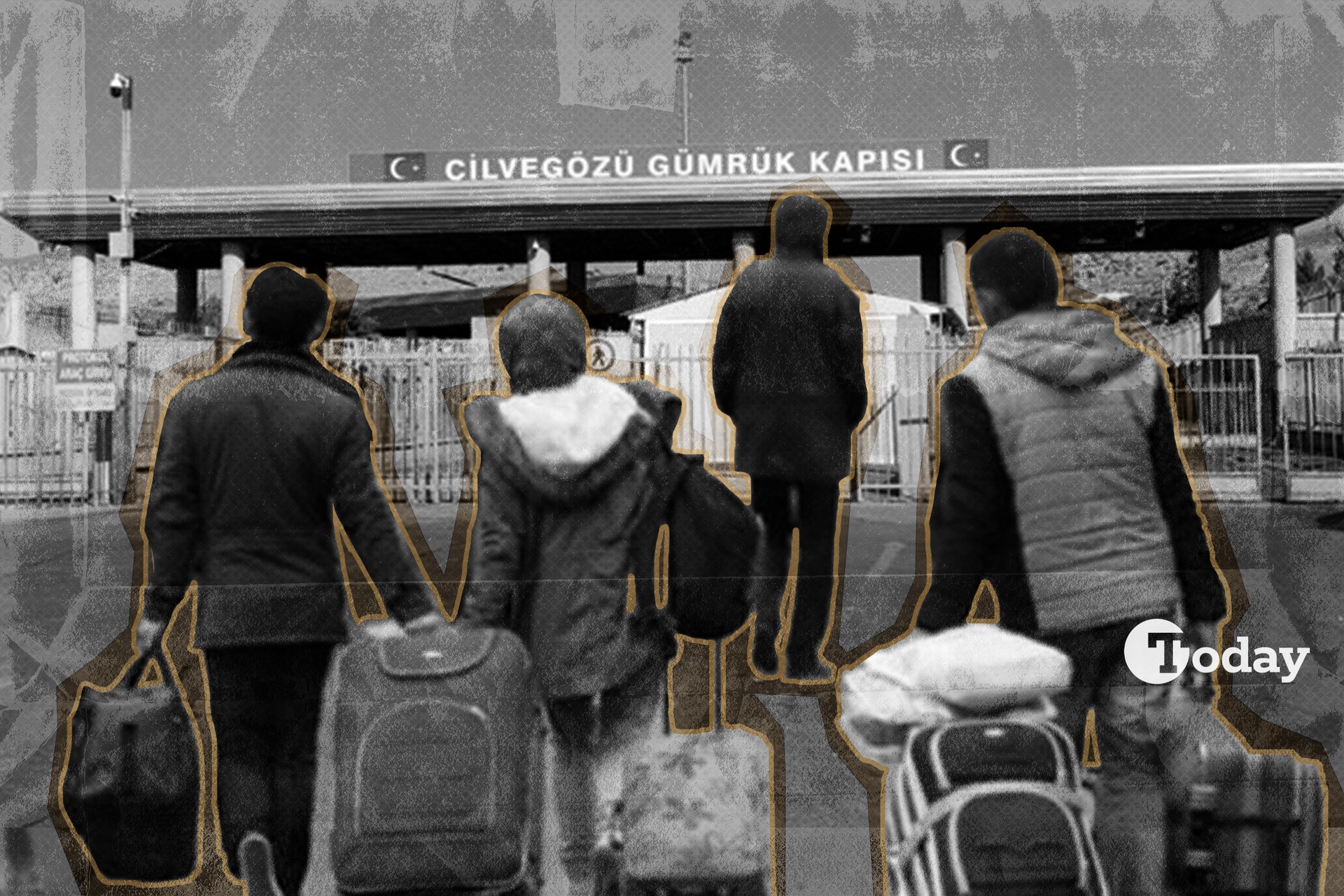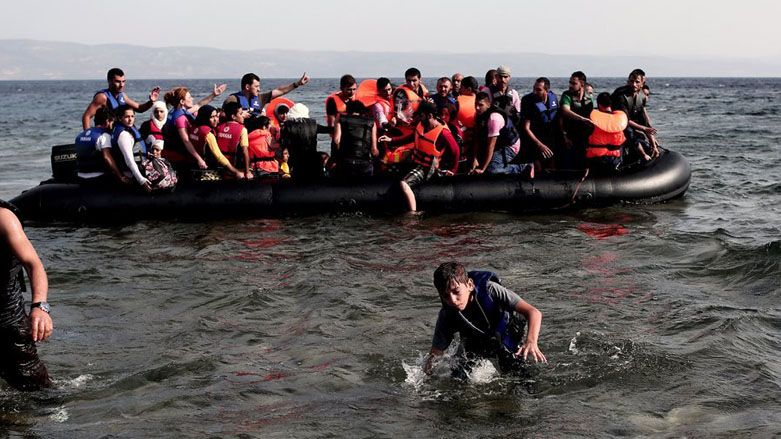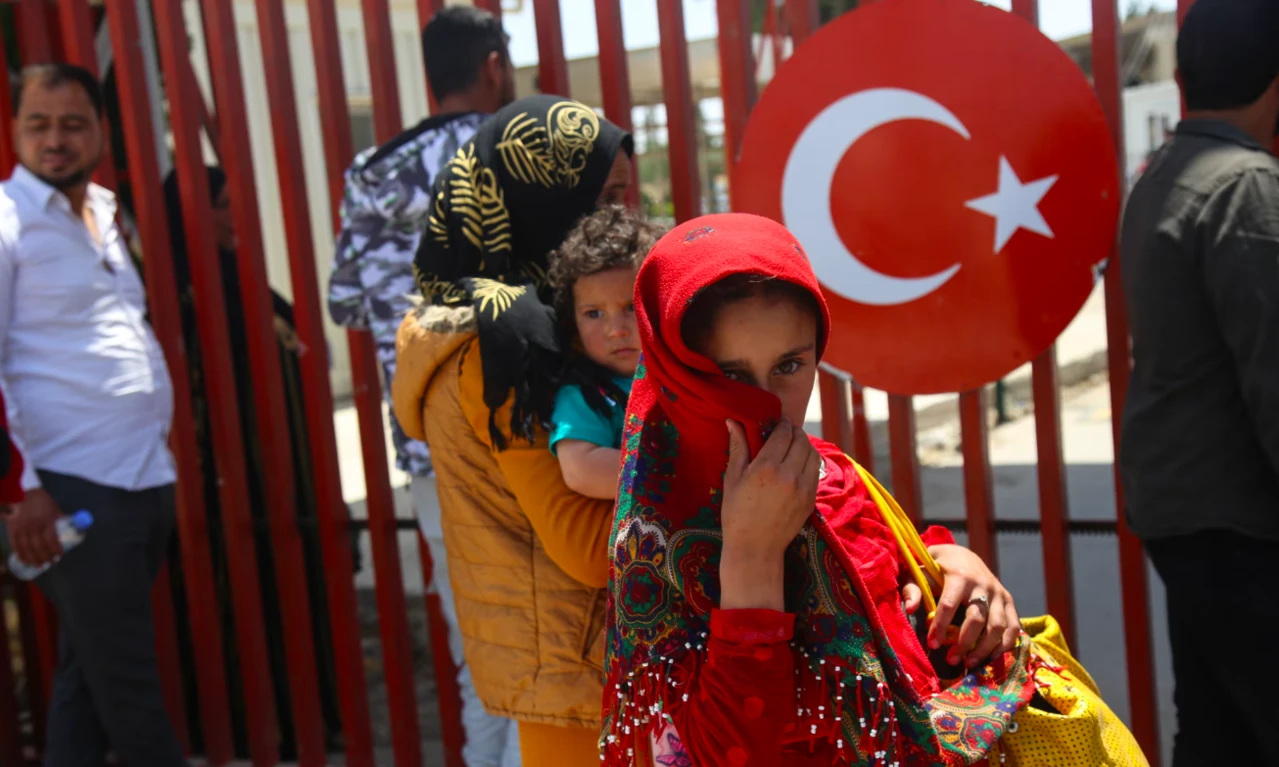
The number of Syrian refugees living under temporary protection in Türkiye has been on a serious decline since 2021.
From 3.7 million in 2021, this number decreased to 3.09 million in October 2024. The main factors behind the decline are voluntary returns to Syria and illegal migration to Europe according to BBC Turkce.
Türkiye, which has hosted the world’s largest refugee population since the start of the Syrian Civil War in 2011, has seen a notable reduction in the number of Syrian refugees.
As of October 2024, the Syrian population under temporary protection has dropped to 3.09 million, down from 3.7 million in 2021. This decline is primarily driven by voluntary returns to Syria and irregular migration to Europe, with significant social, economic and diplomatic implications for Türkiye's future policies.

A key factor in the decreasing numbers is the rise in voluntary returns to Syria. Since 2016, more than 715,000 Syrians have returned, with a marked increase in 2023. Türkiye’s creation of “safe zones” in northern Syria has played a major role in encouraging these returns.

The decline in refugee numbers is also linked to irregular migration to Europe. Approximately 291,000 Syrians who failed to update their residency status have been deregistered, with many believed to have left Türkiye illegally for Europe. Türkiye plans to remove these individuals from its refugee registry by the end of 2024.

Despite the overall decrease, over 3 million Syrians remain in Türkiye, many of whom have established permanent lives. Their impact is particularly evident in areas with high Syrian populations, but challenges around social and economic integration persist.
Year
Registered Syrian refugees
Key factors contributing to decline
2021
3.74 million
High levels of refugee influx, strong support systems
2022
3.6 million
Increasing returns to Syria, stricter migration policies
2023
3.2 million
Economic challenges, rising political tensions
2024
3.09 million (as of Oct. 3)
Ongoing voluntary returns, irregular migration to Europe
Number of registered Syrian refugees in Türkiye, along with contributing factors
Türkiye's migration policy appears increasingly focused on encouraging returns to Syria. President Recep Tayyip Erdogan, during his 2023 election campaign, pledged to expedite the return of Syrians, and recent actions align with that promise. However, there are limits to how much further the return process can realistically go.
The number of Syrian refugees in Türkiye is expected to continue declining throughout 2024, but experts believe the return process will eventually slow. Many Syrians have built permanent lives in Türkiye, and large-scale repatriation may not be feasible for everyone. How Türkiye manages this complex issue – balancing returns with integration – will be crucial for its domestic stability and diplomatic relations.

The decline in Türkiye’s refugee population also has implications for its relationship with the EU, particularly on migration. The EU views Türkiye as a key partner in controlling irregular migration. However, Türkiye’s economic difficulties and rising refugee flows to Europe could strain this partnership. Türkiye’s strategic decisions in the coming years will not only shape the future of its Syrian refugees but also its relations with Europe.